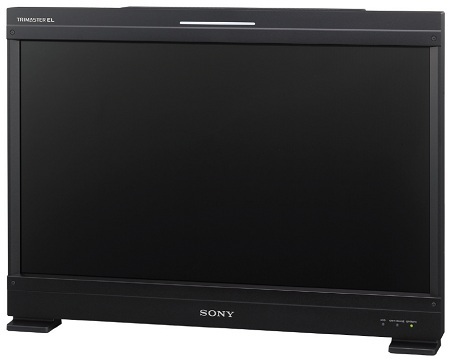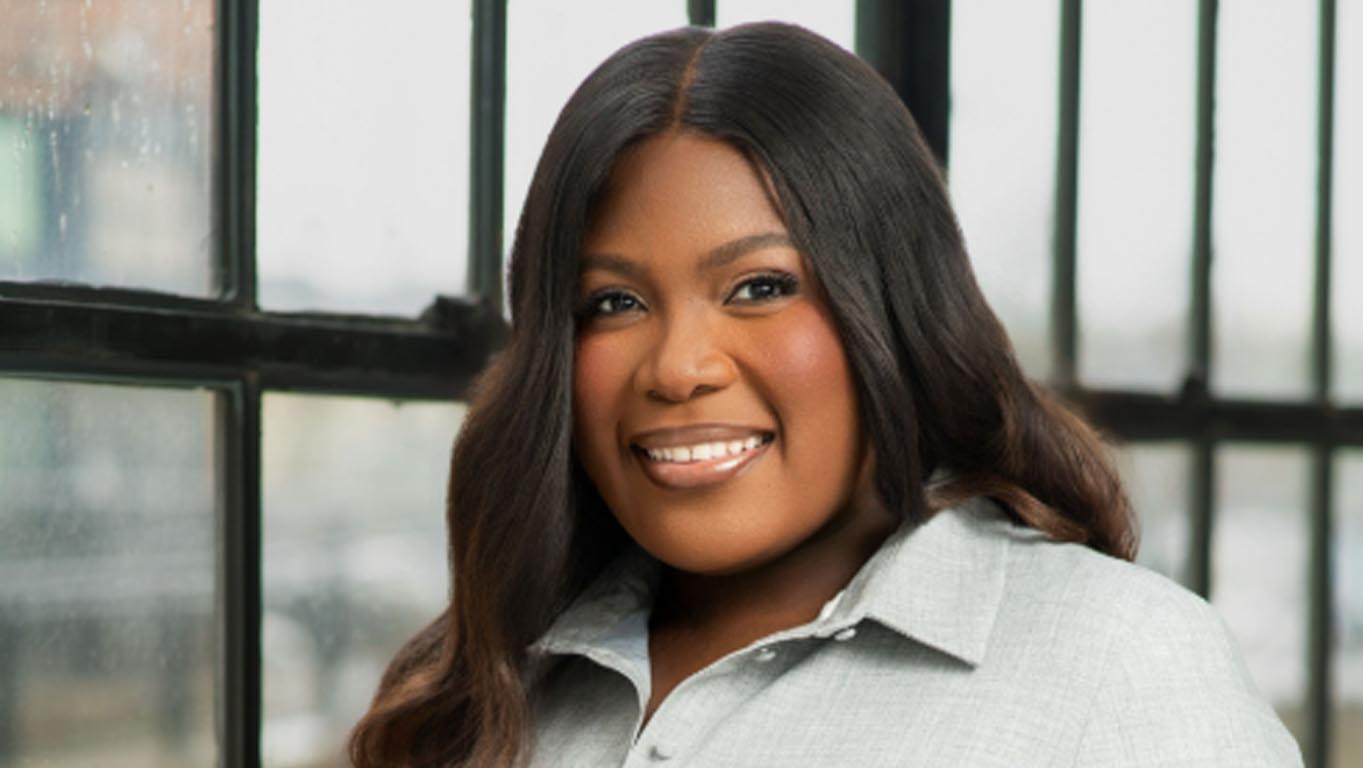Sony OLED Monitors Replace CRTs in QC

Sony’s BVM-F250 OLED Monitor
NEW YORK— I just finished working on the USA Network series “Royal Pains,” and one of my roles involved doing coloring for the DP. This requires a very accurate video monitor.
I’ve known that OLED monitors were the future of the business for some time, but I didn’t think they were something I’d be using on-the-job anytime soon until I learned that Sony had shown models at the 2011 NAB Show.
Once LCD monitors began to replace CRTs, problems crept into the workflow. I’d start an assignment by taking my display to the post house and matching it to what they had. No matter how close we got in matching, some of the dailies didn’t look right.
This can be very frustrating. If the color doesn’t look as it should, then my monitor setup would be questioned. The reality is that everyone has a different approach to coloring. That’s why I don’t call it “color science,” I call it “color scientology.” There’s also human error to contend with—such as not applying the right configuration data list settings. This is a major effort, but with LCDs it has always been an inescapable part of the job—that is until Sony’s OLED technology came along.
NEW TOOL FOR CRITICAL VIEWING
Using Sony’s 25-inch BVM-F250 for color evaluation on “Royal Pains” ended the “back-and- forth” routine that’s been inherent in working with LCD monitors. I took the new monitor to the post house and had their chief engineer bench test it with the industry- standard Klein color spectrometer. We found that right out of the box, the standard D65 preset on the Sony OLED was spot-on.
With this OLED technology, if the dailies don’t look right from the start, we now know that we can take the accuracy of my on-set viewing out of the equation and get down to finding the real problem.
The professional video industry's #1 source for news, trends and product and tech information. Sign up below.
The Sony OLED monitor has proven to be amazingly color accurate. In most post houses, it’s hard to find anything that looks nearly as good. It’s truly impressive to see a flat panel monitor with true blacks. Sony’s 10-bit panel and wide color space gamut is the reason for this.
LOOKS GREAT IN ALL CONDITIONS
Another feature of the OLED monitor is how good it is different lighting environments. Lots of monitors provide good pictures in dark, controlled production room settings, but what about when you take them into the real world?
How this translates to the field is obvious. We’ll spend four days on stage, then four on location. We do have a blackout tent, but you can’t always use that. With an OLED, monitor, this really isn’t an issue anymore. You’re able to achieve consistency and maintain continuity, regardless of the viewing environment.
I believe that Sony’s OLED technology is the new “gold standard.” These monitors aren’t just as good as CRTs; they’re better. When I put OLED and CRT displays side-by-side, I’m amazed at what I was missing before and didn’t know it. In my experience, OLED monitors set a new and higher benchmark.
Lewis Rothenberg has been involved in television production and post work for the past 33 years. He may be contacted attnsproductions@yahoo.com.
For additional information, contact Sony at 201-930-9000 or visitwww.sony.com/professional.
